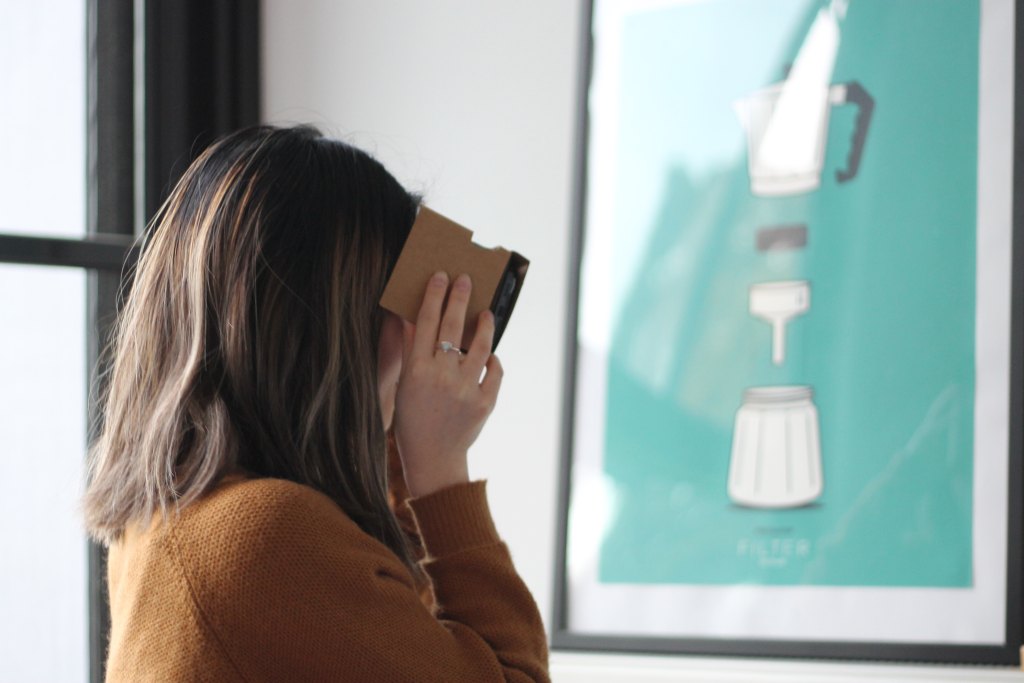Real estate professionals are commensurate marketers, able to communicate the valuable features of a property. Creating curb appeal is a large part of successfully selling a property. In fact, an entire subset of professionals work as property stagers to present residences in the most favorable light possible.
The Challenge to Every Real Estate Sale
The challenge is getting the potential buyer to the location to be able to work this magic. This is where mass marketing on websites such as Zillow comes into play. These websites are the logical next step in real estate marketing that began with ads in newspapers. As the Internet has displaced print, real estate professionals have moved online.
This transition has been facilitated by better technology in several ways. At one point in time posting pictures of properties online was a difficult and cumbersome chore. Now with smartphones and wireless Internet access it is almost effortless. Descriptive and engaging copy has been replaced by pictures.
Faster Internet connections have contributed significantly to this new form of marketing. When pictures were difficult to post they were also time-consuming to download. Now bandwidth allows multiple images to be downloaded in a fraction of the time. In addition, drones have allowed the real estate professional to obtain unique and interesting photos that showcase properties.
The Latest Property Marketing Solutions
“Walk-through videos” were the next logical development, providing the potential buyer with a new way to experience any property without leaving the comfort of their current location. However, these required greater care and expertise. Poor production quality meant poor perceptions of value. Quality productions took time and money, reducing the profitability on each transaction.
Now new immersive technology raises the bar on showing properties online. Virtual reality headsets and glasses provide the potential buyer with the perspective of actually being in the house with the ability to move around as they see fit. The amount of data that needs to be transferred to create this impression is remarkable, but not beyond the capacities of most high-speed Internet connections.
The cost benefit equation for immersive technology remains fraught. The cost is higher than simple photographs or videos, and the number of potential buyers who have access to the full experience is still relatively low. At this time sellers are not likely to foot the bill for producing an immersive presentation, so the cost of production comes out of the agent’s profits.
Is Virtual Reality Here to Stay in Real Estate?
The growing popularity of virtual reality viewing devices and the falling cost of production equipment will make this an easier calculation in the future. Agents who offer this service will then have a competitive advantage over those who don’t, driving the market toward greater adaptation. However, the bar is unlikely to remain static.
Virtual reality is malleable, and just because a wall is blue in reality does not mean that it can’t be beige when viewed by the potential buyer. This requires additional computing power, but car companies have been able to provide this service – albeit with a fixed range of colors – for some time now. It may only be a matter of time before potential real estate buyers have the same options available to them.
Creating these augmented experiences carries a risk beyond the cost. Real estate is still a very ‘high touch’ business, and the conversations and connections forged during a walk-through have been shown to be extremely valuable. Virtual presentations do not include this feedback loop and may leave the agent in the dark as to why the prospect was not interested. That limitation may be offset, of course, by the greater number of prospects who can view the property in such detail.


